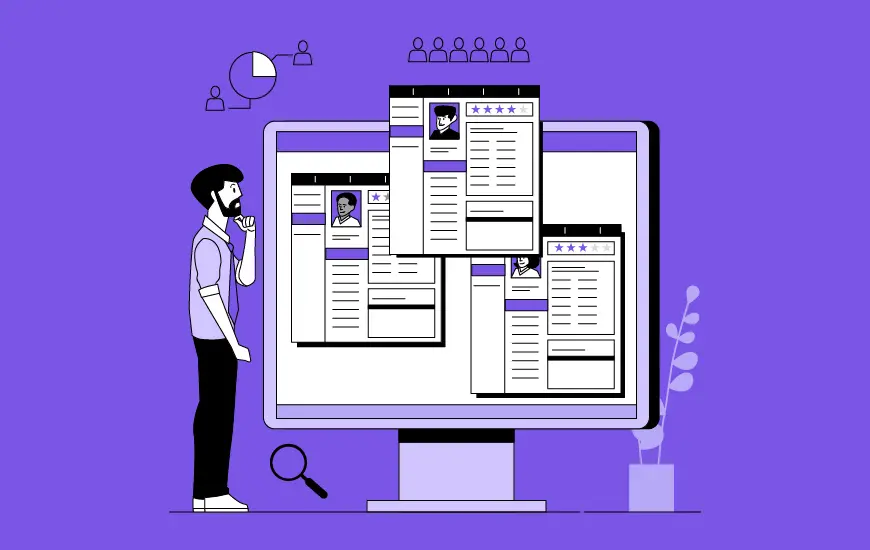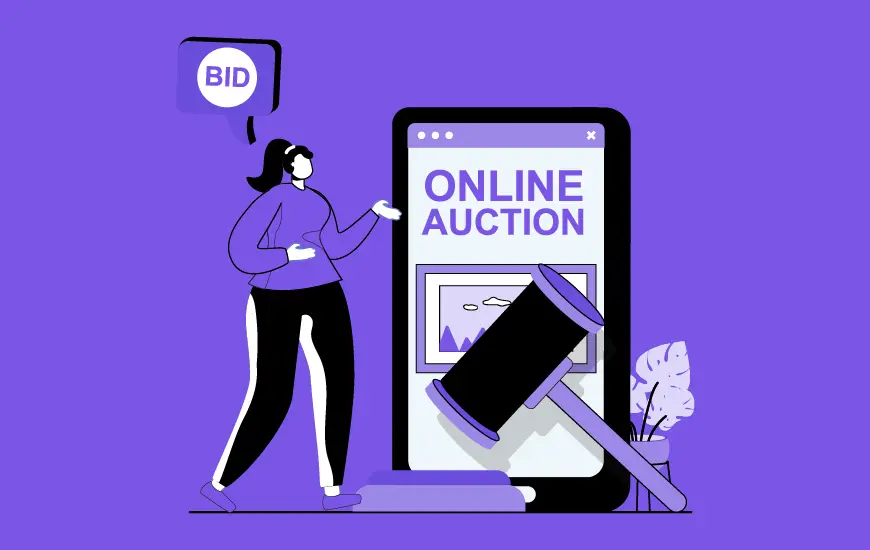- Types of On Demand Delivery Services App
- Business to Business
- Business to Consumer
- Consumer to Consumer
- Ways To Make Your On Demand Delivery Services App A Market Favorite
- Pay heed to your customer’s voice
- Development is not a one time investment
- Keep your app fast and steady
- Give special importance to pricing and marketing
- Conclusion
On demand economy is booming and on demand application services like Uber, Ola Cabs and Urban Clap have established the brand value to such an extent that it becomes important for mobile app development companies to understand the value of effectiveness. On demand app based startups are doing their best to provide customers with the best experience. With the increasing number of players in this segment, it has become extremely tough to survive.
In this article, we will be providing you with the most effective ways to optimize on demand delivery apps:
But before we deep dive into the factors that can make your on-demand delivery app efficient, let us look at the types of delivery services apps.
Types of On Demand Delivery Services App
Business to Business
These applications are designed to help businesses meet other businesses in real-time. Some of the on demand delivery apps that are active in this sector are Instacart, Metrobi, and Bolt etc. By aiding businesses to meet brands that can help in their everyday activities, the sector has brought itself on a growth chart where it is estimated to be worth $1.8 trillion by 2023.
Business to Consumer
These are one of the most common categories of apps that delivers anything. These apps can be made to serve a single business like a restaurant having their application or it can serve multiple businesses like in case of UberEats or DoorDash.
[Further Read: How Much Does it Cost to Build a Food-Delivery App Like UberEats]
Bonus Read- Cost Estimation for Fuel Delivery App Development like Ezfill
Consumer to Consumer
It is one of the most flourishing sectors of on demand app development. These apps enable people to make transactions with each other on a common platform. Some of the famous on demand delivery startups in this category are: WunWun, Glocalzone, and Local Guddy.
Now that we have looked into the different types of on demand mobile app development models, here are the ways you can ensure your app succeeds in the market, irrespective of which category it belongs to.
Ways To Make Your On Demand Delivery Services App A Market Favorite
Developing an app that will deliver anything to you is easier compared to ensuring that it will succeed in the crowded on-demand market. Here are some of the ways you can ensure your app becomes a winner in the on-demand space.
Pay heed to your customer’s voice
None of the businesses can be successful without catering to the voice of customers. It is absolutely essential to understand the needs of customers and to plan strategies accordingly. Once the app is launched on Play store and you have a decent number of customers, you should do your best to get the feedback of users. I believe that a product is for the people and of the people. In our experience as a pioneer on demand app development company, consumers change their preferences from time to time and a smart business owner should make every possible effort to tap that pattern.
Recent examples are Ola Cabs and Uber; both of them are leaving no stone unturned to provide best services to the customers. The customer service, in turn, is what worked in the favour of Ola receiving $50 Million funding.
Development is not a one time investment
Duty of the developer doesn’t end just by creating the app; instead, one has to keep working towards the improvement of user experience. Continuous development and designing is required in order to keep the engagement of users intact. All the possible efforts should be made to bring the best designs that are intuitive and align with the UX of the app. Lastly, it should be the agenda of your partnered on demand app developers to create apps that are easy and simple to use as customers would not prefer to spend too much time in understanding how it works.
Keep your app fast and steady
It has already been discussed, good UX is a prerequisite for the success of any app. Other than that, customer convenience and accuracy should be taken due care of. For customer convenience, the user interface of the app should be very easy to use and to ensure high accuracy, the time lag between the booking and delivery should be kept to a minimum.
Bonus Read- How Much Does it Cost to Develop an On-Demand Beauty Application?
Give special importance to pricing and marketing
Any marketing strategy should be formed keeping in mind the market scenario and based on what competitors are doing. Today, almost every service whether it is food ordering, cab booking or washing clothes, can be booked through apps. The pricing of the services are equally important as in the cutthroat competition, if you have to stay on top, you have to provide your customers an offer that they can’t refuse.
While these points are more on the consumers’ front, let us look into the different ways entrepreneurs can make money on their app and get a hefty ROI on the on-demand service app development amount.
1. Delivery fees
You can charge restaurants that don’t have delivery people in their team to perform the task on their behalf in return of a part of the total amount. DoorDash charges anywhere from $0.00 to $7.99 from the users while Foodpanda gets around 10% commission on every order.
2. Peak Pricing
Used heavily by Uber, you can charge extra money from the users for getting their orders delivered at peak times.
3. Advertising
In-app advertisement is one of the most valuable ways for new businesses to attract clients or retain ones that have used their services. You can offer a dedicated space in the application to the partnered businesses to showcase their offerings. You can also charge them to show their name in the top or above the fold sections of the application.
Conclusion
On demand economy is at an all time high and therefore every possible pain should be taken to optimize the app for the best possible results. The points mentioned above are not exhaustive and strategies differ from business to business when they invest in on demand delivery app development.


- In just 2 mins you will get a response
- Your idea is 100% protected by our Non Disclosure Agreement.

How Much Does It Cost to Build a Job Portal like Bayt?
In a landscape rife with challenges, the job industry struggles with issues such as skills shortages, fierce competition, and the ever-changing demands of the market. However, the emergence of platforms like Bayt has provided a lifeline for businesses. Bayt transcends the limitations of traditional recruitment by providing businesses with an innovative talent pool. Leveraging advanced…

How Much Does It Cost to Build a Job Portal like Glassdoor?
In the wake of the COVID-19 pandemic, the recruiting industry saw a dramatic change. It has caused many organizations to lose their projects and businesses to shut down, causing many employees to lose their job roles worldwide. In such a scenario finding a suitable job or recruiting the right talent has become one of the…

How to build an online auction application? Benefits, features, costs
When was the last time you went street shopping and bargained with the vendor to sell their products at a lower price? If you remember that experience, imagine bringing it on a digital platform in a more sophisticated way. Websites and applications like Ebay, BidSpotter, and Auction.com, etc. have been making it easy for the…















